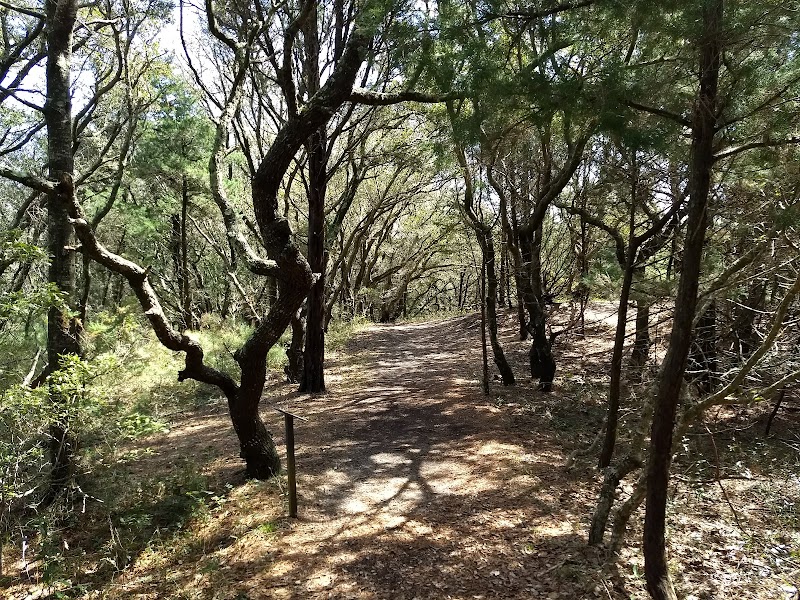
North Carolina Coastal Reserve Adventures
The North Carolina Coastal Reserve protects the unique ecosystems of North Carolina's coast, offering a haven for wildlife and a peaceful retreat for nature enthusiasts.
About North Carolina Coastal Reserve

The North Carolina Coastal Reserve is a network of protected sites along the coastal areas of North Carolina designed to preserve unique coastal ecosystems. Spanning both the Outer Banks and mainland, the reserve includes ten distinct sites such as Zeke's Island, Masonboro Island, and Bird Island. These areas are vital for research, recreation, and education, hosting a wide range of habitats including salt marshes, maritime forests, barrier islands, and estuarine waters. This diverse environment supports a rich array of wildlife including migratory birds, sea turtles, and various marine species. Established to balance human activity with conservation efforts, the reserve offers opportunities for hiking, bird watching, fishing, and shellfishing. The unspoiled landscapes provide a glimpse into the natural history of the North Carolina coast, offering visitors scenic views and a tranquil escape. No development is permitted on these sites, preserving them for future generations and allowing for a study of natural coastal processes as a living laboratory.
Highlights
Masonboro Island, a well-preserved barrier island with over eight miles of beachfront.
Zeke's Island, known for its complex system of marshes and tidal flats.
Bird Island, a sanctuary for threatened and endangered species like the loggerhead sea turtle.
Permuda Island, a natural area ideal for kayaking and exploring estuarine habitats.
Notable Natural Features
Barrier Islands
These islands protect the mainland from storm surges and provide essential habitat for various species.
Salt Marshes
These ecosystems act as productive nurseries for fish and invertebrates.
Maritime Forests
Dense woods that are rare along the coast, home to unique flora and fauna.
